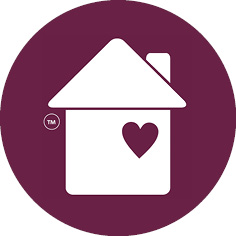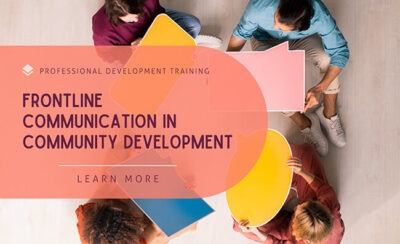A Moment of Reflection...
- Which conflict style do you think is your default?
- Think of a time when your conflict style did not result in a positive outcome. Did you not reach your goal? Was a relationship damaged?
- Which conflict style might have been better suited to the situation?
Share your thoughts in the comment section at the bottom of this page.


